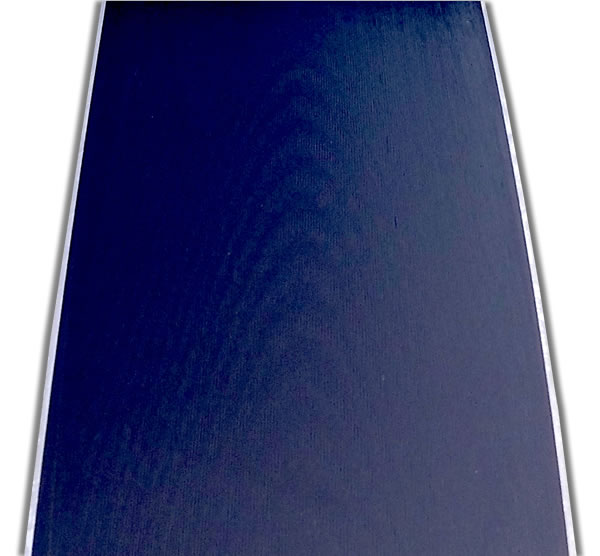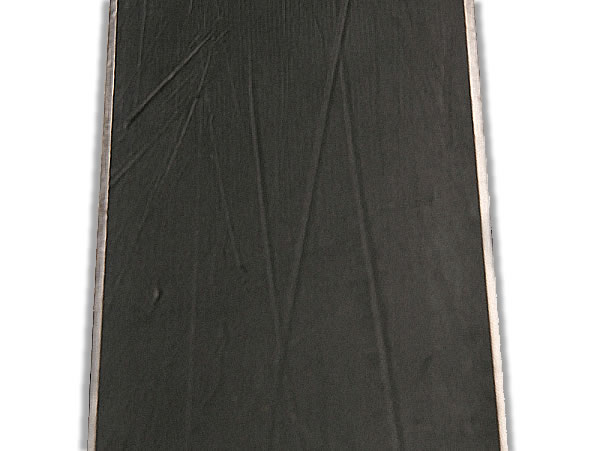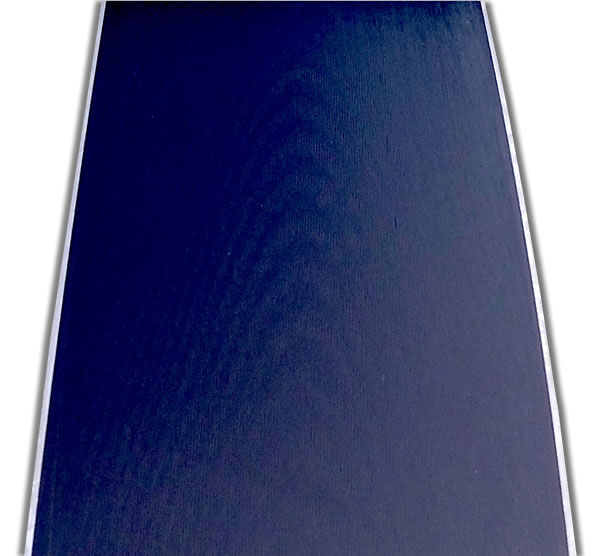We’ve enjoyed the participation that our “Top 10” lists have incited on our Facebook page and we pledge to present more Top 10 skier (and ski, and resort, etc.) lists in the weeks ahead. This week we return to our core competence of covering technical issues that have a bearing on all skiers’ enjoyment of the sport.
When fat skis were first gaining widespread popularity in the early 00’s, an adage was coined that retains its currency to the present day: “Once you go fat, you never go back.”
No question about it, more Americans are on skis over 80mm, 90mm, 100mm and even 110mm than ever before. But while our skis have grown ever plumper, several deplorable skier behaviors persist, among them the propensity to ignore any semblance of ski maintenance.
Fat skis compound all the negatives associated with neglecting base and edge treatment, if for no other reason than there’s a lot more base to mistreat. A ragged, dried-out base that’s 9cm across at its narrowest point creates a ton of drag, making basic steering a challenge and a chore.
Fat skis were created to fulfill a go-anywhere attitude. The skier survives; the bases aren’t so lucky.
Most people have a tough enough time wrangling fat skis on firm snow (because they rarely get them fully engaged on edge) without the added struggle of a ski that not only resists edging but actively inhibits attempts to glide or drift, as well.
There is a small but ardent army of skiers who, bless their hearts, wax their skis regularly. We salute you, for you have grasped an essential truth about skis: it’s impossible to wax them too often.
It’s quite possible, however, to wax them incorrectly so that one’s efforts pay less than maximum dividends. Most DIY waxers know to scrape away any shred of surface wax so that all that remains is a shiny, wax-impregnated base. Any wax that remains in a layer on top of the base defeats the purpose of the enterprise.
What the home waxer may not be aware of, and is indeed beyond his or her power to change, is if the structure on their fat-ski base is A) fresh, and B), appropriate.
Wax without structure is like proper inflation of a bald tire. Your intentions are good, but you won’t achieve the desired influence over performance.
For wax to work its magic, it must to be able to penetrate the ultra-high molecular weight polyethylene base material. Structure – tiny, shallow cuts in the base – both enables wax penetration deeper into the material’s matrix for maximum lubricity and imparts glide properties that modify how the ski interacts with snow crystals of varying temperature, structure, and moisture content.
A great structure will make a ski faster but it also makes it much easier to turn, so speed control is always better with a waxed, structured ski base. Every skier, regardless of ability, benefits from better base preparation.
“So how can I obtain a better base structure for my fat skis,” I hear my Ardent Readers cry.
The following advice is based on personal experience so it falls under the umbrella of anecdote instead of science, but I encourage you, Dear Reader, to adhere to it nonetheless.
As beautiful as it is functional, the thumbprint pattern allows the ski to easily release laterally.
Cutting to the chase, I’ve found a thumbprint structure (see photo) on my 98mm Bonafides imparts not only forward glide properties, but allows me to feather the ski sideways so I can achieve greater lateral extension without resistance. For those of you taking notes, the small channels along both edges that the thumbprints don’t reach are ground in an ultra-fine linear pattern.
This is not something you can do at home, unless you’ve invested the kids’ college fund in a stone grinder. (You might as well get the edge polisher while you’re at it. The kids can go to trade school.)
You can achieve the same results by doing as I did. Work with the technician at your favorite specialty ski shop, in my case with Theron Lee at Bobo’s in Reno. We collaborated over a series of several days: Theron would modify the pattern, I’d ski it for a day and report back what I felt; he’d make a tweak, I’d re-ski and so on for about five outings until we’d found the perfect pattern for a fat ski.
There are other great patterns in common use, such as barber pole or chevron, both of which can also yield great results. If you want to unlock the all-terrain potential of your fat boards, feed them a regular diet of wax and refresh the structure at least once during the course of the season. It doesn’t just make a difference; it makes all the difference in the world.



